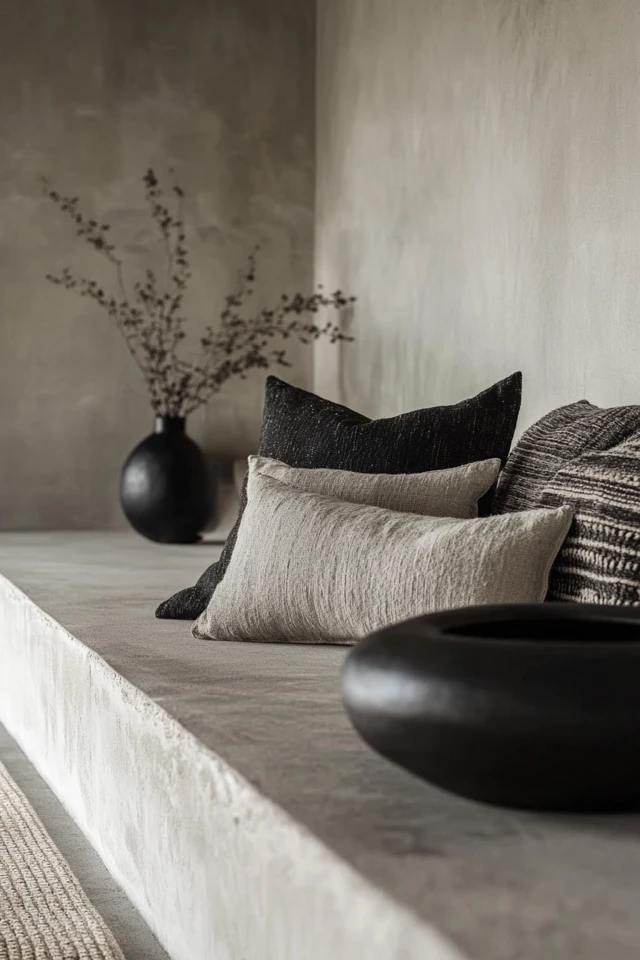Introduction
Decorating with a monochrome minimalist palette is like creating a visual symphony with a single color. It’s all about achieving harmony, depth, and sophistication without overwhelming the senses. When I first embraced monochrome minimalism in my own home, I was hesitant—I thought sticking to one color might feel flat or boring. But as I layered textures, experimented with tones, and added carefully curated accents, the transformation was breathtaking. My space felt serene, elegant, and refreshingly clutter-free.
Monochrome minimalism is more than just choosing one color—it’s about mastering subtle contrasts and creating a cohesive, intentional design. In this guide, I’ll share my tips for decorating with a monochrome minimalist palette, ensuring your space feels anything but bland.
Why Choose a Monochrome Minimalist Palette?
Key Benefits
- Timeless Appeal: A monochrome palette is chic, elegant, and never goes out of style.
- Creates Calm: Simplifying your color palette promotes a serene, clutter-free environment.
- Easy to Coordinate: Sticking to one color family ensures every element works together seamlessly.
- Allows for Creativity: You can play with textures, patterns, and shapes to keep the space visually interesting.
1. Start With a Base Color
Why It Works
Choosing a dominant color sets the tone for the entire space and provides a foundation for layering.
How to Do It
- Stick to neutral shades like white, gray, beige, or black for a classic minimalist look.
- Opt for warmer tones like taupe or cream for a cozy feel.
- If you want something bolder, try a soft pastel or muted jewel tone like dusty rose or sage green.
- Use the base color for walls, large furniture pieces, and flooring to anchor the space.
2. Play With Tones and Shades
Why It Works
Using variations of your base color adds depth and dimension without introducing new hues.
How to Do It
- Layer light, medium, and dark shades of your chosen color throughout the room.
- Combine a white base with soft grays or charcoals for a classic monochrome effect.
- Use tonal contrasts—like an off-white sofa paired with a darker gray area rug—to create visual interest.
- Incorporate gradients or ombre designs on textiles or walls for a subtle, modern touch.
3. Incorporate Textures for Depth
Why It Works
Texture keeps a monochrome palette dynamic, preventing it from feeling flat or one-dimensional.
How to Do It
- Pair smooth materials like leather or polished concrete with softer ones like wool, boucle, or velvet.
- Use woven baskets, rattan, or jute rugs to add organic texture to the space.
- Add depth with chunky knits, faux fur throws, or linen curtains.
- Layer textures strategically—for example, a linen-covered sofa with a boucle cushion and a knit blanket.
4. Use Patterns Sparingly
Why It Works
Minimalism is all about restraint, so patterns should complement rather than dominate your space.
How to Do It
- Stick to subtle, tone-on-tone patterns like stripes, grids, or geometric designs.
- Use patterned rugs or cushions to break up solid colors without overwhelming the room.
- Incorporate patterns in smaller decor items, like throws or wall art, for a balanced look.
- Avoid bold, contrasting patterns that detract from the monochrome aesthetic.
5. Emphasize Shape and Form
Why It Works
Minimalist design often relies on clean lines and sculptural elements to make a statement.
How to Do It
- Choose furniture with sleek, modern silhouettes and simple designs.
- Incorporate sculptural decor, like a round mirror, a minimalist vase, or abstract wall art.
- Play with balance and proportion, like pairing a large statement coffee table with slim, tapered chairs.
- Use negative space intentionally to let the shapes of your furniture and decor shine.
6. Introduce Natural Elements
Why It Works
Natural materials bring warmth and texture to a monochrome palette, creating a more inviting space.
How to Do It
- Add wood furniture or accents in a tone that complements your base color (e.g., light oak for a white palette).
- Use plants or greenery for a refreshing contrast against a neutral backdrop.
- Incorporate stone or ceramic decor, such as vases, bowls, or candleholders.
- Layer textiles like jute, cotton, or linen for a natural, organic feel.
7. Incorporate Metallic Accents
Why It Works
Metallic finishes add subtle shine and a touch of luxury to monochrome minimalist spaces.
How to Do It
- Choose finishes like brushed brass, matte black, or polished chrome based on your color scheme.
- Use metallic accents sparingly—for example, a gold-framed mirror or black metal lamp.
- Pair metallic decor with soft, matte surfaces to create a balanced look.
- Avoid mixing too many metal tones to maintain a cohesive aesthetic.
8. Pay Attention to Lighting
Why It Works
Lighting enhances your space by emphasizing textures, shapes, and tones within the monochrome palette.
How to Do It
- Use a mix of ambient, task, and accent lighting for layered illumination.
- Choose light fixtures that align with your minimalist aesthetic, like globe pendants or linear sconces.
- Opt for warm white light to create a cozy and inviting atmosphere.
- Highlight key areas, such as artwork or textured walls, with spotlights or track lighting.
9. Keep Decor Minimal
Why It Works
A clutter-free environment is essential to minimalist design, allowing each piece to shine.
How to Do It
- Choose a few statement pieces, like a large piece of abstract art or a sculptural vase.
- Keep surfaces clear by limiting decor to one or two carefully selected items.
- Store everyday essentials in hidden storage to maintain a clean look.
- Use negative space intentionally to let your monochrome palette and textures stand out.
10. Personalize With Subtle Accents
Why It Works
Minimalist spaces can still feel personal with the right choice of accents.
How to Do It
- Incorporate meaningful objects, like a favorite book or a family heirloom, that align with your palette.
- Use personal photos or artwork in simple, monochrome frames.
- Add handmade ceramics, woven textiles, or vintage pieces for a unique touch.
- Keep personalization understated to maintain the minimalist aesthetic.
Picture Gallery

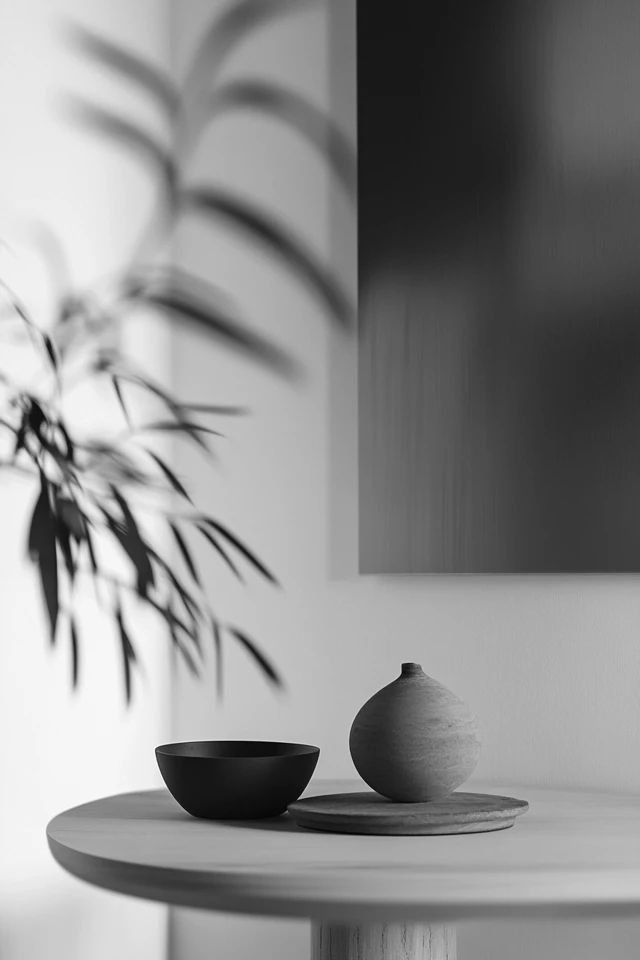
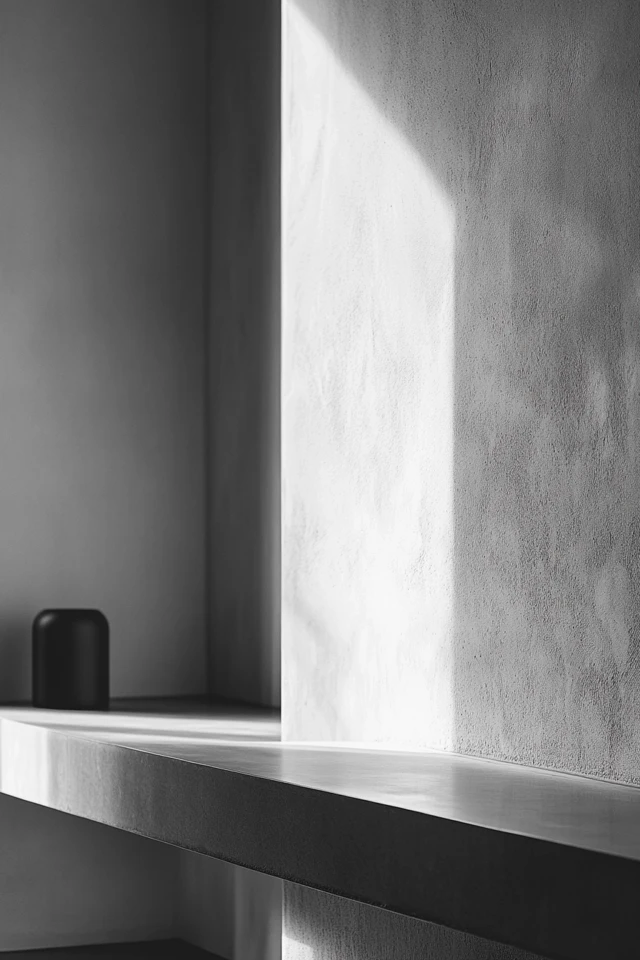

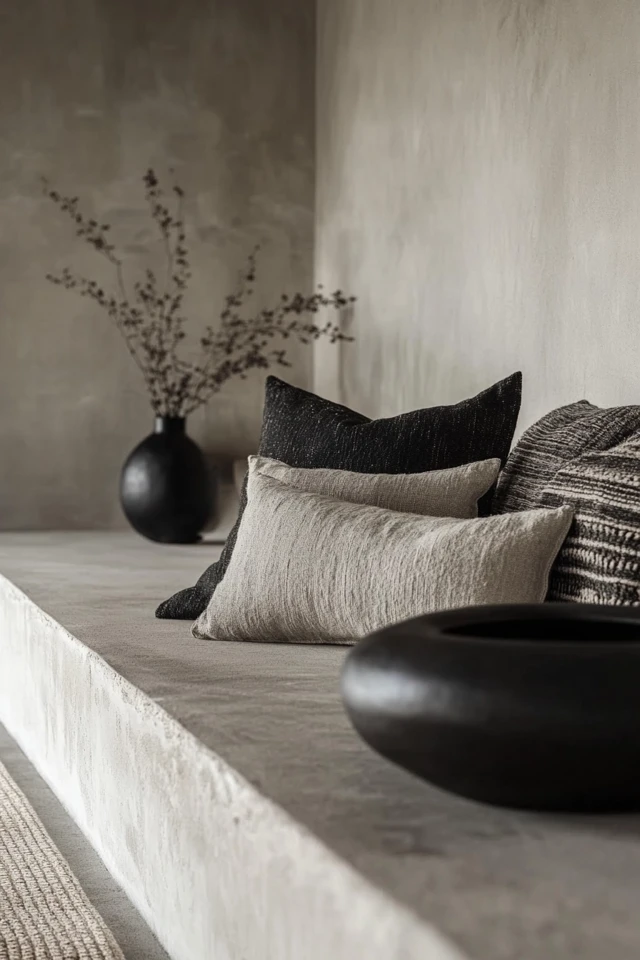
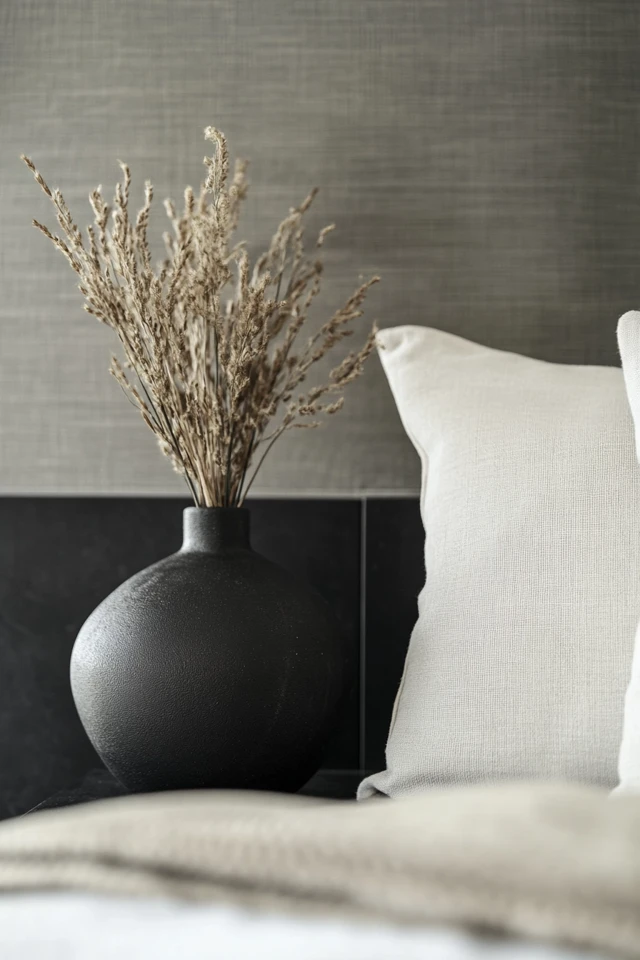
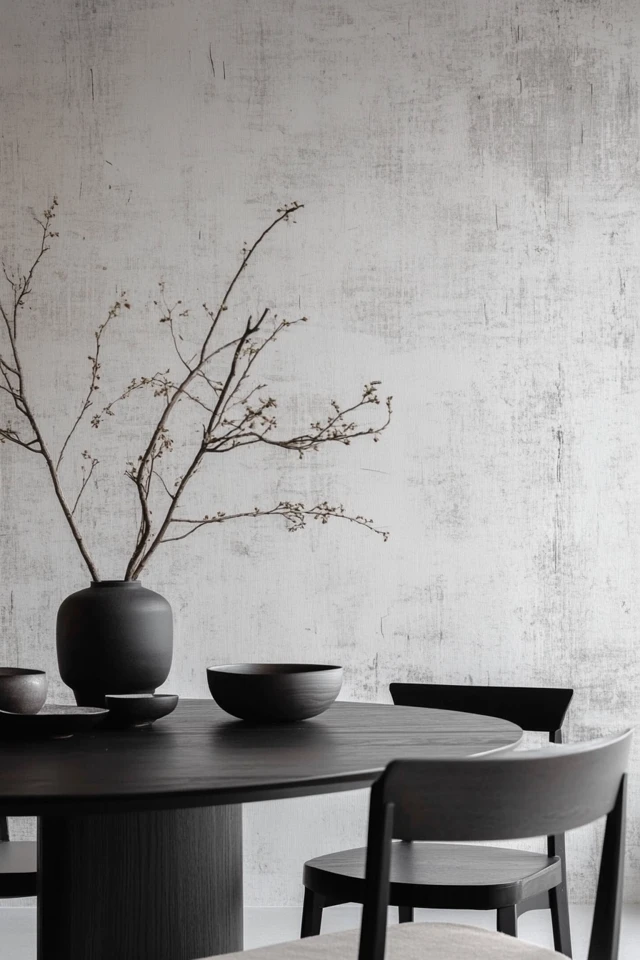
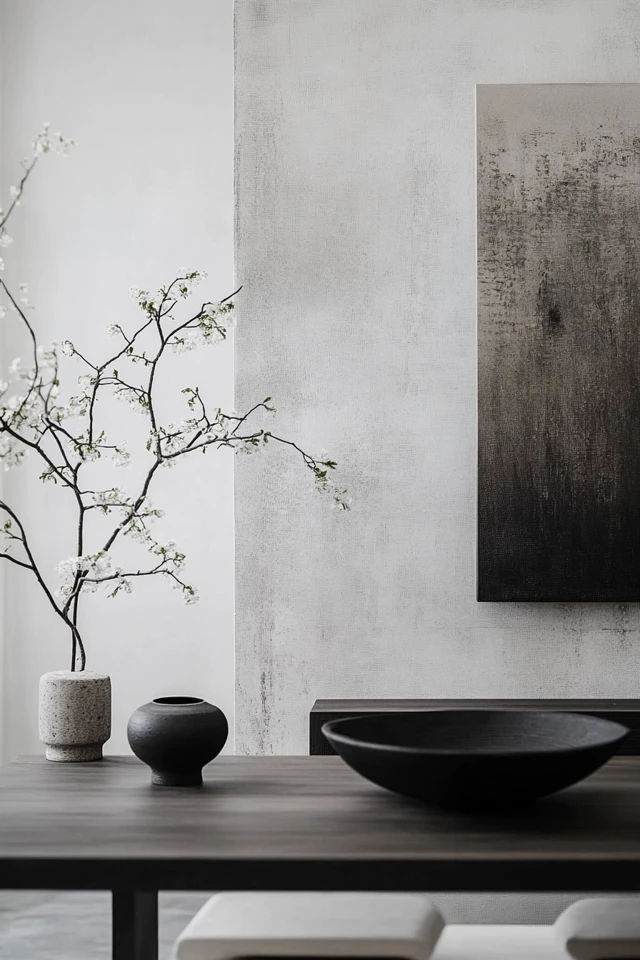
Conclusion
Decorating with a monochrome minimalist palette is about finding beauty in simplicity. By focusing on tone, texture, and form, you can create a space that feels cohesive, elegant, and timeless. Whether you’re working with crisp whites, soothing grays, or earthy neutrals, the possibilities for creativity within a monochrome palette are endless.
What I love most about monochrome minimalism is how adaptable it is. You can go for a sleek, modern look or a cozy, organic vibe simply by adjusting your materials and accents. With these tips, you’ll be able to curate a space that’s not only visually stunning but also a reflection of your personal style.
So take the plunge—pick a color, embrace restraint, and start layering textures and tones to bring your monochrome minimalist vision to life.
FAQ
What is a monochrome palette?
A monochrome palette uses variations of a single color, including its shades, tones, and tints, to create a cohesive design.
Can monochrome minimalism feel cozy?
Yes! Layering textures, using natural materials, and incorporating warm lighting can make monochrome spaces feel inviting and comfortable.
Do I have to stick to black and white?
Not at all! You can use any color—neutral, pastel, or bold—as long as you stick to variations within that color family.
How can I avoid making a monochrome space feel boring?
Focus on contrast through texture, tone, and material. Add sculptural elements, subtle patterns, and metallic accents to keep the space dynamic.
Where can I find affordable decor for a monochrome minimalist space?
Check out budget-friendly retailers like IKEA, H&M Home, Target, and second-hand stores for neutral and minimalist decor.

